Optimal Timing for Field Irrigation Repairs
Timely field irrigation repairs are essential to maintain optimal water delivery and crop health. The best time to perform repairs is during the off-season or when irrigation systems are least active, typically in late fall or early spring, depending on the region. Conducting repairs during these periods minimizes disruption to water schedules and crop cycles.
Perform repairs during off-peak seasons to reduce operational downtime and prevent crop damage.
Choose dry weather periods to facilitate repairs and ensure safety during maintenance.
Regular inspections help identify issues early, allowing repairs to be scheduled proactively.
Addressing issues promptly can prevent costly breakdowns and extensive repairs later.
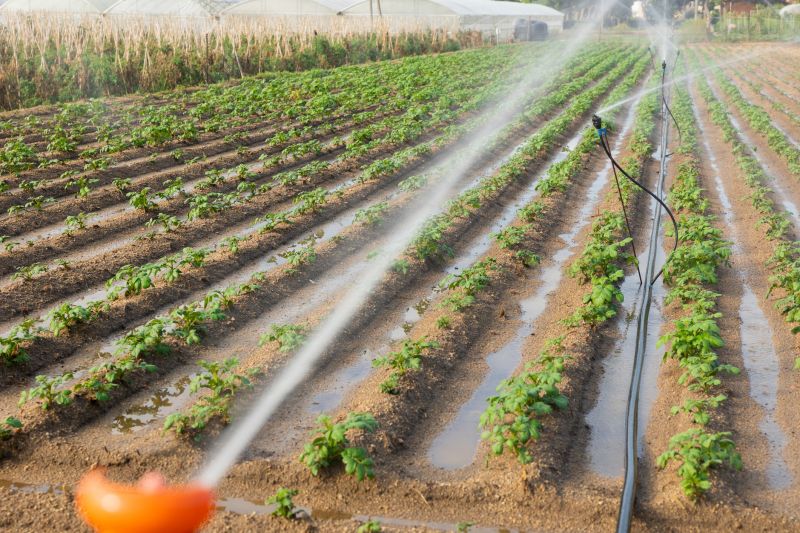
Regular visual inspection helps identify leaks and damaged components early.
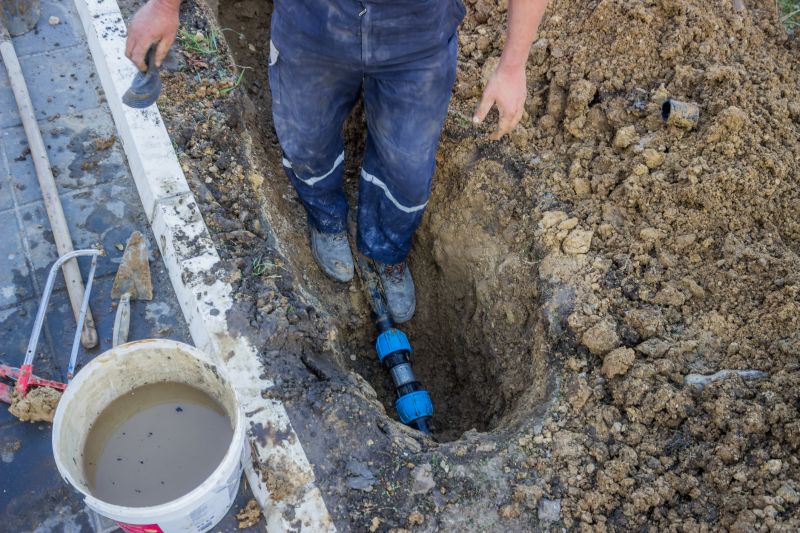
Fixing leaks during dry seasons prevents water wastage and system inefficiency.
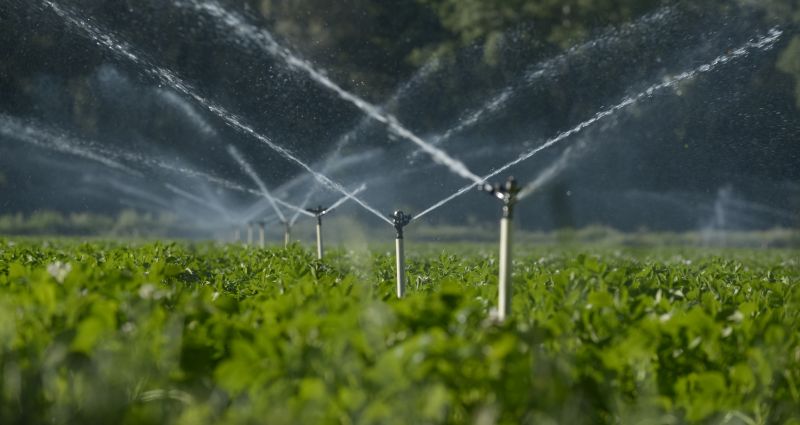
Timely replacement of worn-out parts ensures optimal system operation.
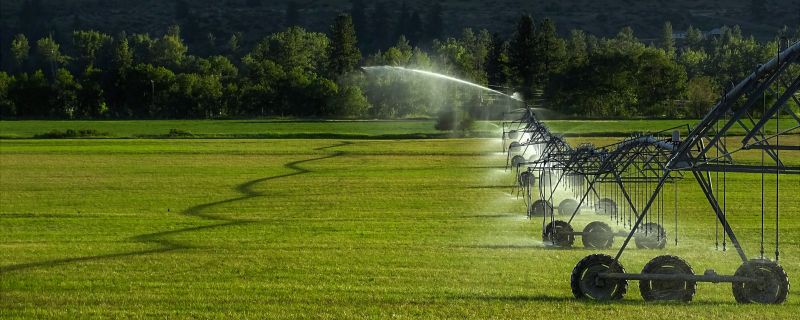
Ways to make Field Irrigation Repairs work in tight or awkward layouts.

Popular materials for Field Irrigation Repairs and why they hold up over time.
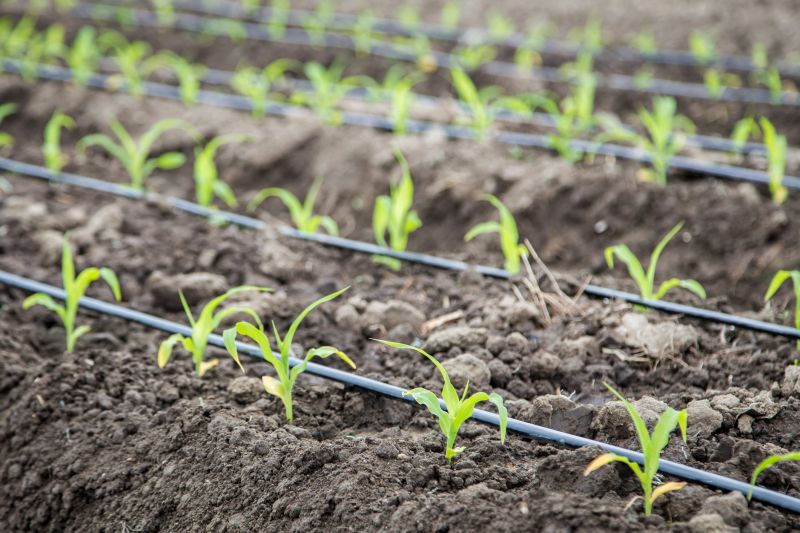
Simple add-ons that improve Field Irrigation Repairs without blowing the budget.
| Aspect | Details |
|---|---|
| Optimal Repair Window | Late fall or early spring when irrigation demand is low. |
| Weather Conditions | Dry, mild weather preferred for safety and efficiency. |
| Inspection Interval | At least once per season to catch issues early. |
| Impact on Crops | Minimize during peak growth periods to avoid crop stress. |
| Cost Savings | Early repairs prevent costly emergency fixes. |
| System Performance | Regular repairs maintain high water distribution efficiency. |
| Preparation for Peak Usage | Complete repairs before high-demand periods. |
| Monitoring Tools | Use sensors and alerts to schedule repairs proactively. |
Field irrigation repairs are crucial for maintaining efficient water distribution and crop health. Proper timing ensures minimal disruption and maximizes system longevity. Regular inspections and timely interventions can prevent major failures, saving costs and improving water use efficiency. Monitoring system performance and scheduling repairs during low-demand seasons are best practices that support optimal irrigation management.

Components like valves, pipes, and emitters require regular upkeep.
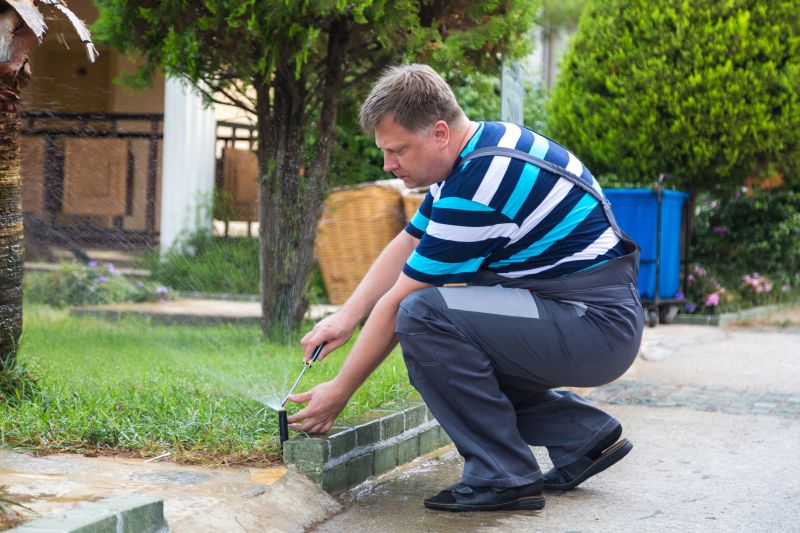
Step-by-step repairs ensure system integrity and performance.
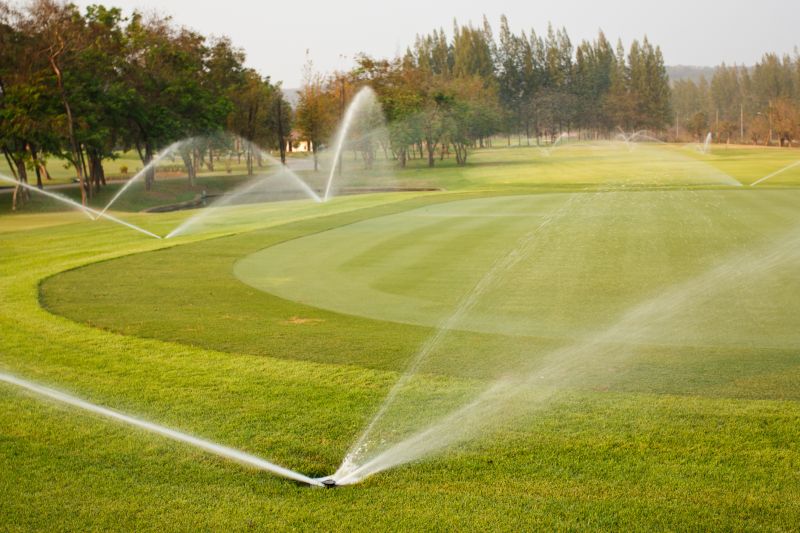
Testing after repairs confirms system functionality and efficiency.

Proper tools and equipment facilitate safe and effective repairs.

High-end options that actually feel worth it for Field Irrigation Repairs.

Finishes and colors that play nicely with Field Irrigation Repairs.
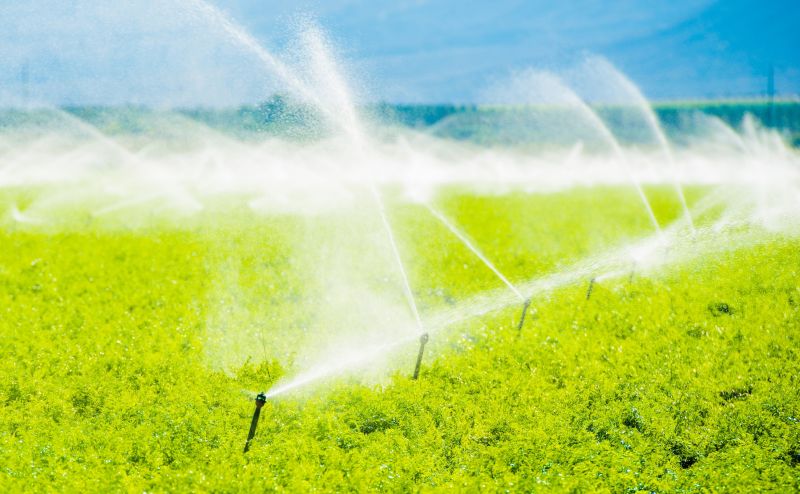
Little measurements that prevent headaches on Field Irrigation Repairs day.
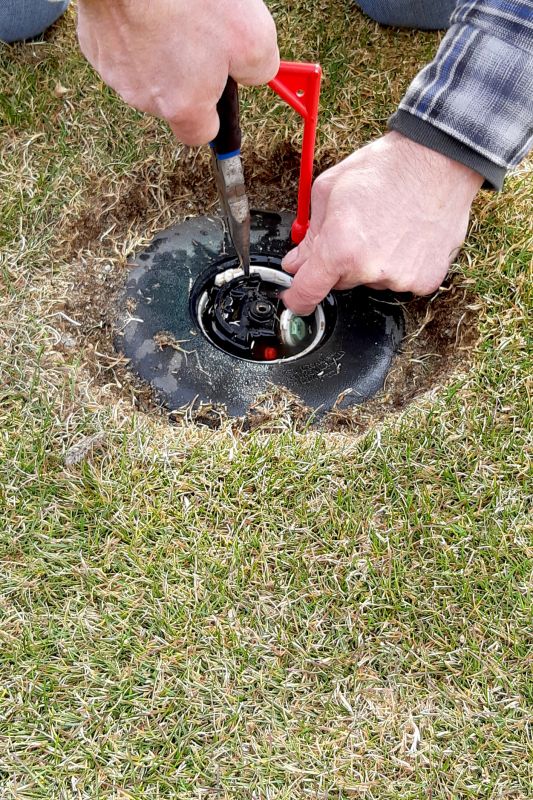
A 60-second routine that keeps Field Irrigation Repairs looking new.
Interested in scheduling field irrigation repairs? Filling out the contact form can help coordinate timely maintenance to ensure your irrigation system operates at peak performance, supporting efficient water use and crop productivity.
